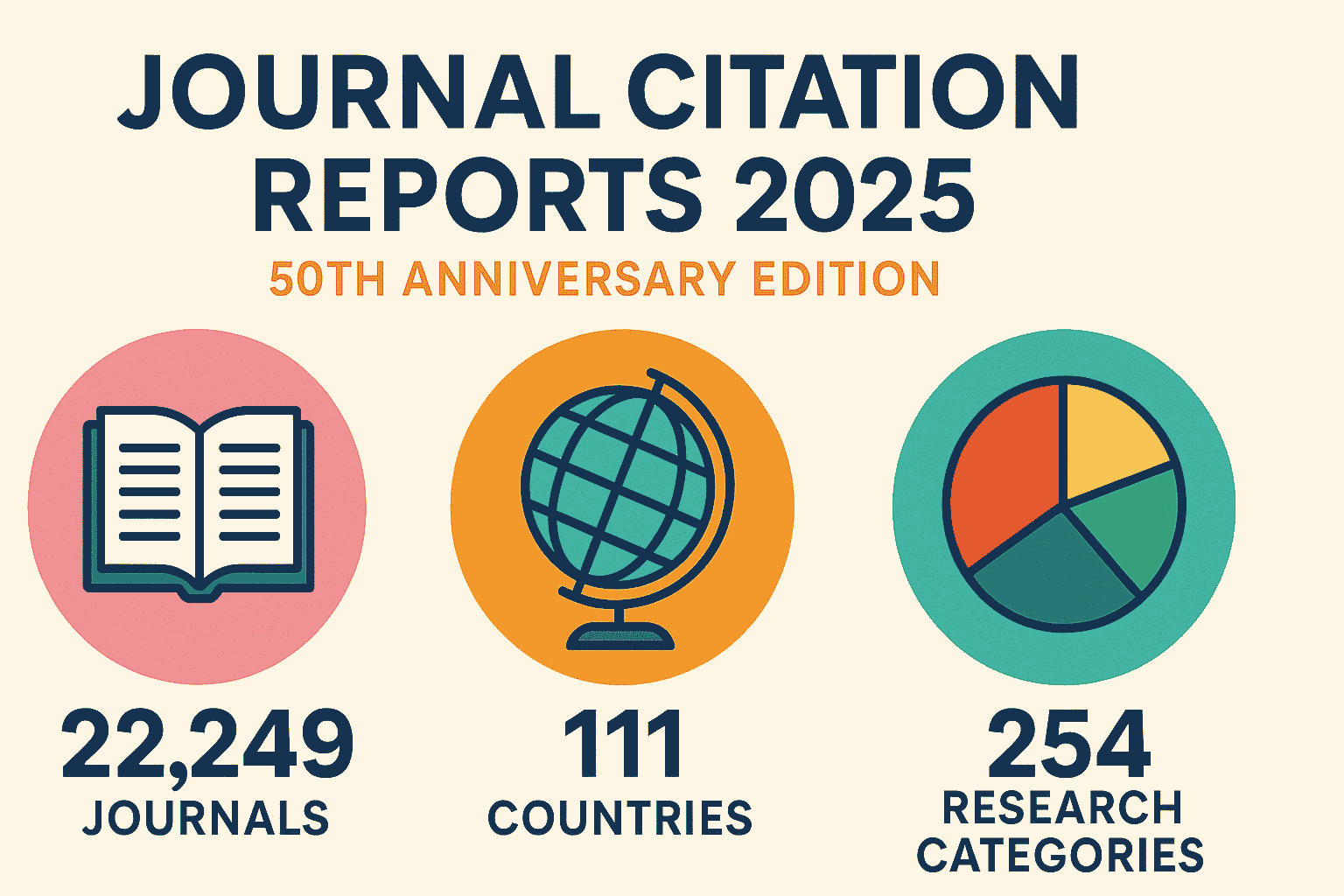The HMGBa–HSP70–ATF4-β Axis Restricts White Spot Syndrome Virus Infection in Crayfish
Envelope viruses are the most threatening pathogens to eukaryotes. The search for target genes against envelope viruses is particularly important. The activating transcription factors (ATFs) regulate cancer proliferation, maintain cellular redox homeostasis, extend biological longevity, and respond to viral stimuli. However, the mechanism of ATF antiviral immunity, especially envelope viruses, is rarely reported. Two ATF4 homologs (ATF4-α and ATF4-β) with a difference of one β sheet (7 amino acids) were identified in crayfish. Further studies showed that ATF4-β was activated and significantly translocated into the nucleus after envelope virus white spot syndrome virus (WSSV) infection. During WSSV infection, the host may recognize WSSV in some way (such as HMGBa recognizing WSSV by interacting with WSSV/VP28) and transmits the signal to cell, and then HMGBa, HSP70, and ATF4-β interact with each other in the cytoplasm and promote nuclear translocation of ATF4-β. ATF4-β entered the nucleus to initiate the transcription of ATF4 and ALFs. In addition, ALF1 could bind to VP28 to inhibit virus assembly in the nucleus and reinfection. This study elucidated a novel mechanism of ATF4-β in antienvelope virus immune responses, and ATF4 may be a potential target for disease prevention and control.
Summary
Envelope viruses pose a significant threat to eukaryotes, making the identification of antiviral target genes crucial. This study investigates the role of activating transcription factor 4 (ATF4) homologs in crayfish during white spot syndrome virus (WSSV) infection. Researchers found that ATF4-β is activated and translocates to the nucleus upon WSSV infection. This process involves the interaction of HMGBa, HSP70, and ATF4-β in the cytoplasm, followed by nuclear translocation to initiate the transcription of ATF4 and antimicrobial peptides (ALFs). ALF1, in turn, binds to a viral protein to inhibit virus assembly and reinfection. These findings reveal a novel mechanism of ATF4-β in combating envelope viruses, suggesting ATF4 as a promising target for disease control.
Read more…
This post is part of “Science/Immunology News”, Follow for more…!!!
Discover more from abdullahfarhan.com
Subscribe to get the latest posts sent to your email.








